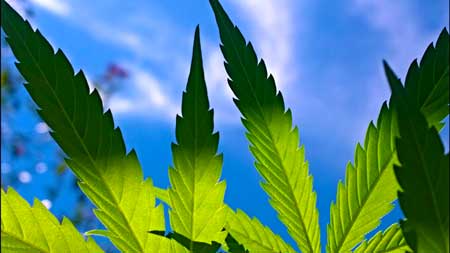Where exactly do manufacturers get their claims of equivalents from?
i am using a viparspectra 450 (200w) which they claim is equivalent to a 400w hps. Do they relate this to yield or light penetration?
Whilst I’ve been using the viparspectra for veg I think I’m going to switch to a 600w HPS light for bloom as I don’t want to end up with a poor yield after all this effort.
Comments and opinions very welcome.
i am using a viparspectra 450 (200w) which they claim is equivalent to a 400w hps. Do they relate this to yield or light penetration?
Whilst I’ve been using the viparspectra for veg I think I’m going to switch to a 600w HPS light for bloom as I don’t want to end up with a poor yield after all this effort.
Comments and opinions very welcome.


Comment